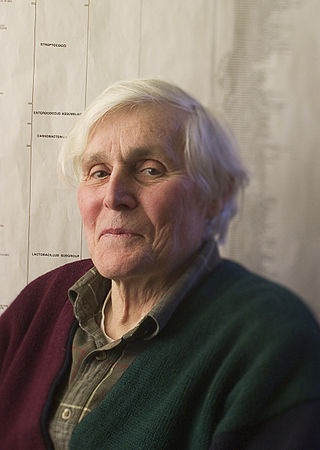
Carl Richard Woese was an American microbiologist and biophysicist. Woese is famous for defining the Archaea in 1977 through a pioneering phylogenetic taxonomy of 16S ribosomal RNA, a technique that has revolutionized microbiology. He also originated the RNA world hypothesis in 1967, although not by that name. Woese held the Stanley O. Ikenberry Chair and was professor of microbiology at the University of Illinois Urbana–Champaign.
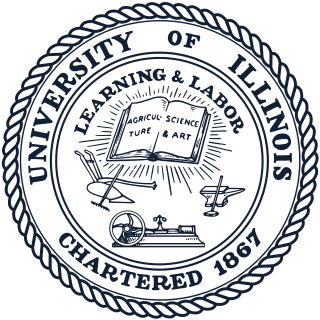
The University of Illinois Urbana-Champaign is a public land-grant research university in Champaign, Illinois, and Urbana, Illinois. It is the flagship institution of the University of Illinois system and was founded in 1867. With over 53,000 students, the University of Illinois is one of the largest public universities by enrollment in the United States.
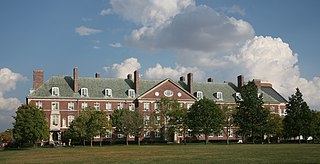
The University of Illinois Urbana-Champaign's College of Agricultural, Consumer and Environmental Sciences (ACES) is part of the University of Illinois Urbana-Champaign. Most of the ACES buildings are located on the South Quad. In terms of staff, ACES has 186 tenure-system faculty, 78 specialized faculty, 26 postdoctoral researchers, 493 academic professionals, 565 civil service staff, 323 assistants, and 956 hourly employees.

The Morrow Plots is an experimental agricultural field at the University of Illinois Urbana-Champaign. Named for Professor George E. Morrow, it is the oldest such field in the United States and the second oldest in the world. It was established in 1876 as the first experimental corn field at an American college and continues to be used today, although with three half-acre plots, instead of the original ten. The site was designated a National Historic Landmark on May 23, 1968. The fields are managed by the College of Agricultural, Consumer, and Environmental Sciences.

Free-Air Carbon dioxide Enrichment (FACE) is a method used by ecologists and plant biologists that raises the concentration of CO2 in a specified area and allows the response of plant growth to be measured. Experiments using FACE are required because most studies looking at the effect of elevated CO2 concentrations have been conducted in labs and where there are many missing factors including plant competition. Measuring the effect of elevated CO2 using FACE is a more natural way of estimating how plant growth will change in the future as the CO2 concentration rises in the atmosphere. FACE also allows the effect of elevated CO2 on plants that cannot be grown in small spaces to be measured. However, FACE experiments carry significantly higher costs relative to greenhouse experiments.
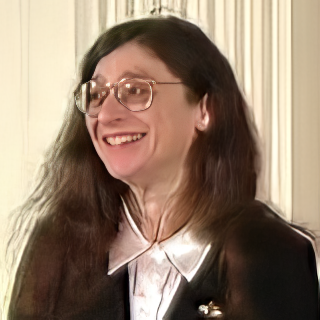
May Roberta Berenbaum is an American entomologist whose research focuses on the chemical interactions between herbivorous insects and their host plants, and the implications of these interactions on the organization of natural communities and the evolution of species. She is particularly interested in nectar, plant phytochemicals, honey and bees, and her research has important implications for beekeeping.
Mary Ann Lila is the director of N.C. State University's Plants for Human Health Institute (PHHI) located at the North Carolina Research Campus in Kannapolis, North Carolina. The institute is part of N.C. State's College of Agriculture and Life Sciences. In her role with PHHI, Lila is a David H. Murdock Distinguished Professor and part of N.C. State's Department of Food, Bioprocessing and Nutrition Sciences. She is a researcher and has been called "the rock star of blueberry research."
The Carl R. Woese Institute for Genomic Biology (IGB) is an interdisciplinary facility for genomics research at the University of Illinois Urbana-Champaign. The Institute was built in 2006 to centralize biotechnology research at the University of Illinois. Current research at the IGB explores the genomic bases of a wide range of phenomena, including the progression of cancer, the ecological impact of global change, tissue and organ growth, and the diversity of animal behavior.
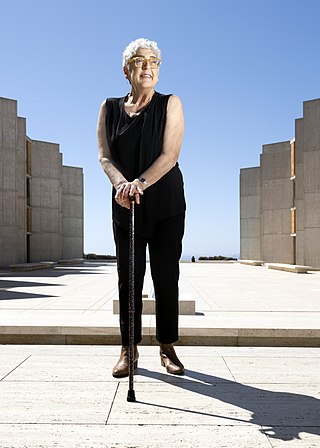
Joanne Chory is an American plant biologist and geneticist. Chory is a professor and director of the Plant Molecular and Cellular Biology Laboratory, at the Salk Institute for Biological Studies and an investigator of the Howard Hughes Medical Institute.

Govindjee is an Indian-American scientist and educator. He is Professor Emeritus of Biochemistry, Biophysics and Plant Biology at the University of Illinois at Urbana-Champaign, where he taught from 1961 until 1999. As Professor Emeritus since 1999, Govindjee has continued to be active in the field of photosynthesis through teaching and publishing. He is recognized internationally as a leading expert on photosynthesis.
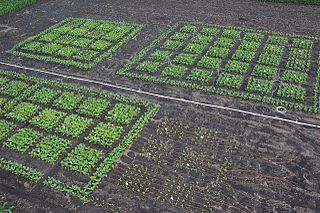
Realizing Increased Photosynthetic Efficiency (RIPE) is a translational research project that is genetically engineering plants to photosynthesize more efficiently to increase crop yields. RIPE aims to increase agricultural production worldwide, particularly to help reduce hunger and poverty in Sub-Saharan Africa and Southeast Asia by sustainably improving the yield of key food crops including soybeans, rice, cassava and cowpeas. The RIPE project began in 2012, funded by a five-year, $25-million dollar grant from the Bill and Melinda Gates Foundation. In 2017, the project received a $45 million-dollar reinvestment from the Gates Foundation, Foundation for Food and Agriculture Research, and the UK Government's Department for International Development. In 2018, the Gates Foundation contributed an additional $13 million to accelerate the project's progress.
Douglas A. Mitchell is a Professor of Chemistry at the University of Illinois at Urbana-Champaign. He holds an affiliate appointment in the Department of Microbiology and is a faculty member of the Carl R. Woese Institute for Genomic Biology. His research focuses on the chemical biology of natural products. He is known mainly for his work on the biosynthetic enzymology of ribosomally synthesized and post-translationally modified peptides (RiPPs) and genome-guided natural product discovery.
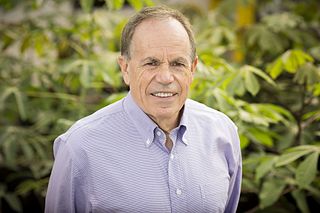
Stephen Patrick Long is a British-born American environmental plant physiologist and member of the National Academy of Sciences studying how to improve photosynthesis to increase the yield of food and biofuel crops. He is the Stanley O. Ikenberry Chair Professor of Plant Biology and Crop Sciences at the University of Illinois and Distinguished Professor in Crop Sciences at Lancaster University. His work, published in Science, proved that photosynthesis can be manipulated to increase plant productivity—an idea once considered the holy grail of plant biology. Long has added to our understanding of the long-term impacts of climate change, such as rising levels of carbon dioxide and ozone on plants. He has briefed former President George W. Bush and the Vatican, as well as Bill Gates and Anne, Princess Royal, on food security and bioenergy.
Robert J. Jones is a crop physiology scientist and currently the tenth chancellor of the University of Illinois Urbana-Champaign. Jones is the first African-American to hold this office. He previously served as president of the University of Albany. In addition to his academic career, Jones was a tenor singer in Sounds of Blackness, a vocal ensemble from Minneapolis/St. Paul, Minnesota that sings gospel, soul, and R&B.
Megan Konar is a scientist and Associate Professor of Civil and Environmental Engineering at the University of Illinois at Urbana-Champaign. Konar’s research focuses on the intersection of food, water, and trade. She studies the connection between hydrology, environmental science, and economics.

Esther Ndumi Ngumbi is a Kenyan entomologist and academic who is currently Assistant Professor of Entomology and African-American Studies at the University of Illinois at Urbana–Champaign. She was awarded the 2018 Society for Experimental Biology Presidential Award.

Donald Richard Ort is an American botanist and biochemist. He is the Robert Emerson Professor of Plant Biology and Crop Sciences at the University of Illinois at Urbana-Champaign where he works on improving crop productivity and resilience to climate change by redesigning photosynthesis. He is a member of the National Academy of Sciences (NAS) and a fellow of the American Association for the Advancement of Science (AAAS) and American Society of Plant Biologists (ASPB).

Abigail A. Salyers was a microbiologist who pioneered the field of human microbiome research. Her work on the bacterial phylum Bacteroidetes and its ecology led to a better understanding of antibiotic resistance and mobile genetic elements. At a time where the prevailing paradigm was focused on E. coli as a model organism, Salyers emphasized the importance of investigating the breadth of microbial diversity. She was one of the first to conceptualize the human body as a microbial ecosystem. Over the course of her 40-year career, she was presented with numerous awards for teaching and research and an honorary degree from ETH Zurich, and served as president of the American Society for Microbiology.
Sharon Marie Donovan is an American dietitian. She holds the Melissa M. Noel Endowed Chair in Nutrition and Health at the University of Illinois at Urbana–Champaign and heads the Donovan Lab. In 2017, she was elected a member of the National Academy of Medicine.
Bo Li is a Chinese-American statistician whose research focuses on spatial statistics, spatio-temporal statistics, geostatistics, and environmental statistics, with applications in paleoclimatology, estimation of crop yields, and agriculture-related cancer risks. She is Marjorie Roberts Professor of statistics and chair of the Department of Statistics at the University of Illinois Urbana-Champaign, and a professor in the National Center for Supercomputing Applications.













